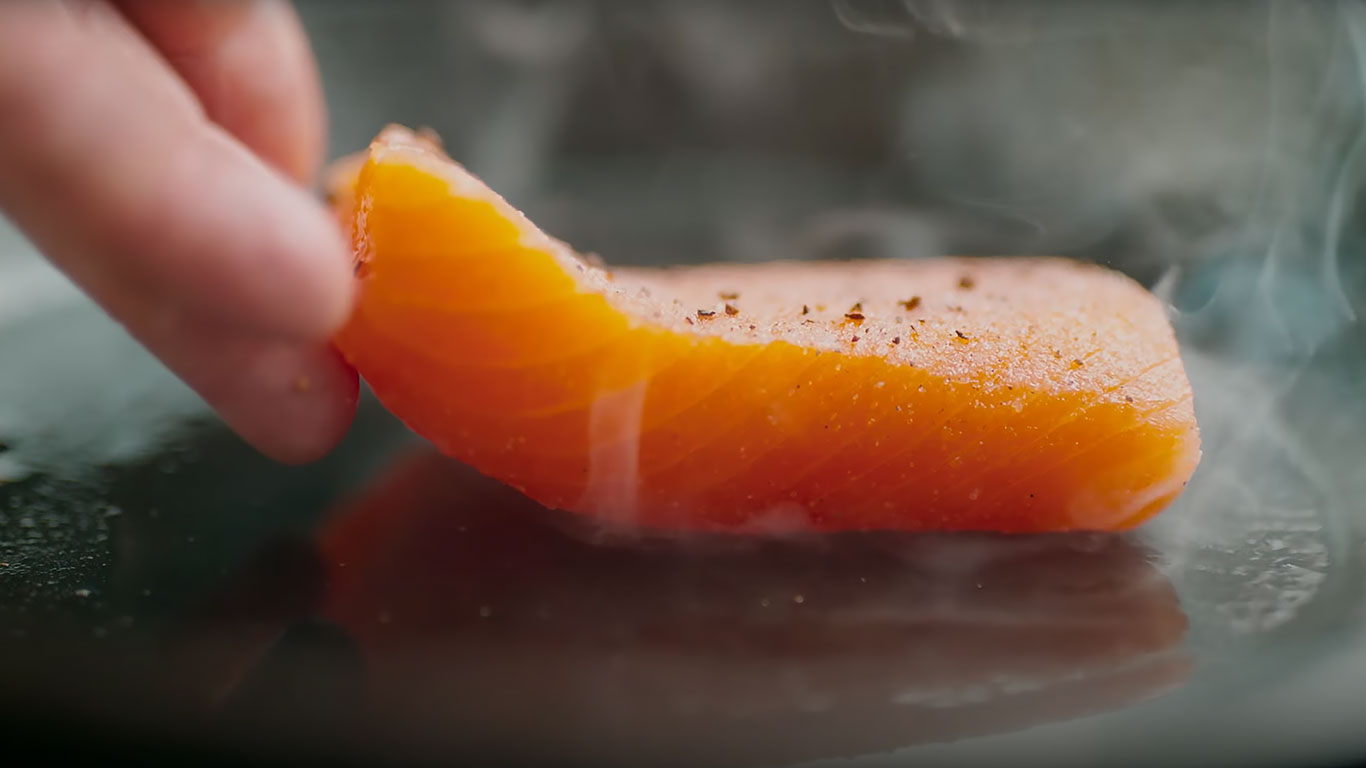Safe to eat Frøya raw straight from the pack
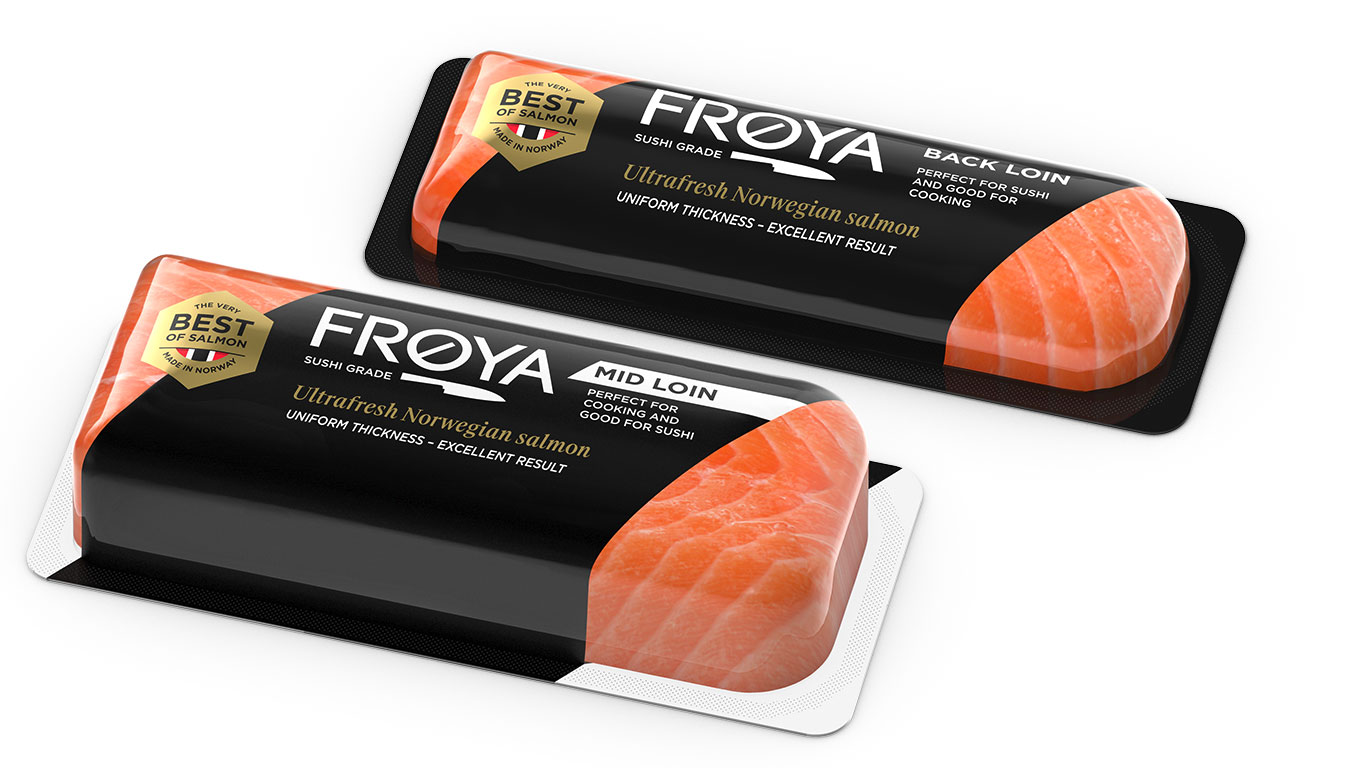
It is safe to eat Frøya raw even without prior freezing. Also when cooking with Frøya you don’t have to overcook your fish to feel safe – Frøya is best enjoyed when prepared rare to medium rare.
Frøya is produced from farmed Norwegian salmon under very strict hygiene conditions. As long as you store your Frøya cold at 0-4 degrees Celcius as printed on the pack and make your sushi or sashimi from an unopened package, you are safe.
Prior freezing and Parasites
According to EU reg. 853/2004, Annex III, Sections VIII, Chapter, 3 Letter d, Norwegian salmon is exempt from EU´s general requirement to freeze seafood aimed at raw consumption for at least 24 hours at -20 degrees prior to eating. Similarly, the US chapter 3-402.11. Section 2 (B) (3) in the 2009 FDA Food Code, states that aquaculture fish, such as salmon that are;
- raised in open water
- raised in net-pens, or
- fed formulated feed, such as pellets, that contain no live parasites infective to the aquaculture fish, are exempt from the freezing requirements for parasite destruction.
The general freezing requirement for wild fish, from which farmed Norwegian salmon is exempt, is that fish like e.g. wild salmon, may pick up various kinds of parasites from eating eating bottom feeding fish and crustaceans – known hosts for parasites. That allows parasites like anisakis potentially to be transferred to the fish and eventually to humans consuming that fish without freezing it beforehand. Anisakis in humans can cause quite severe consequences. Parasites are destroyed when frozen. Fortunately, this is NOT AN ISSUE for Frøya Salmon, which is produced from farmed salmon. There are no parasites in farmed Norwegian salmon as they are only fed heat treated dry feed.
Frøya is harvested, filleted, cut and packed under strict hygiene conditions.
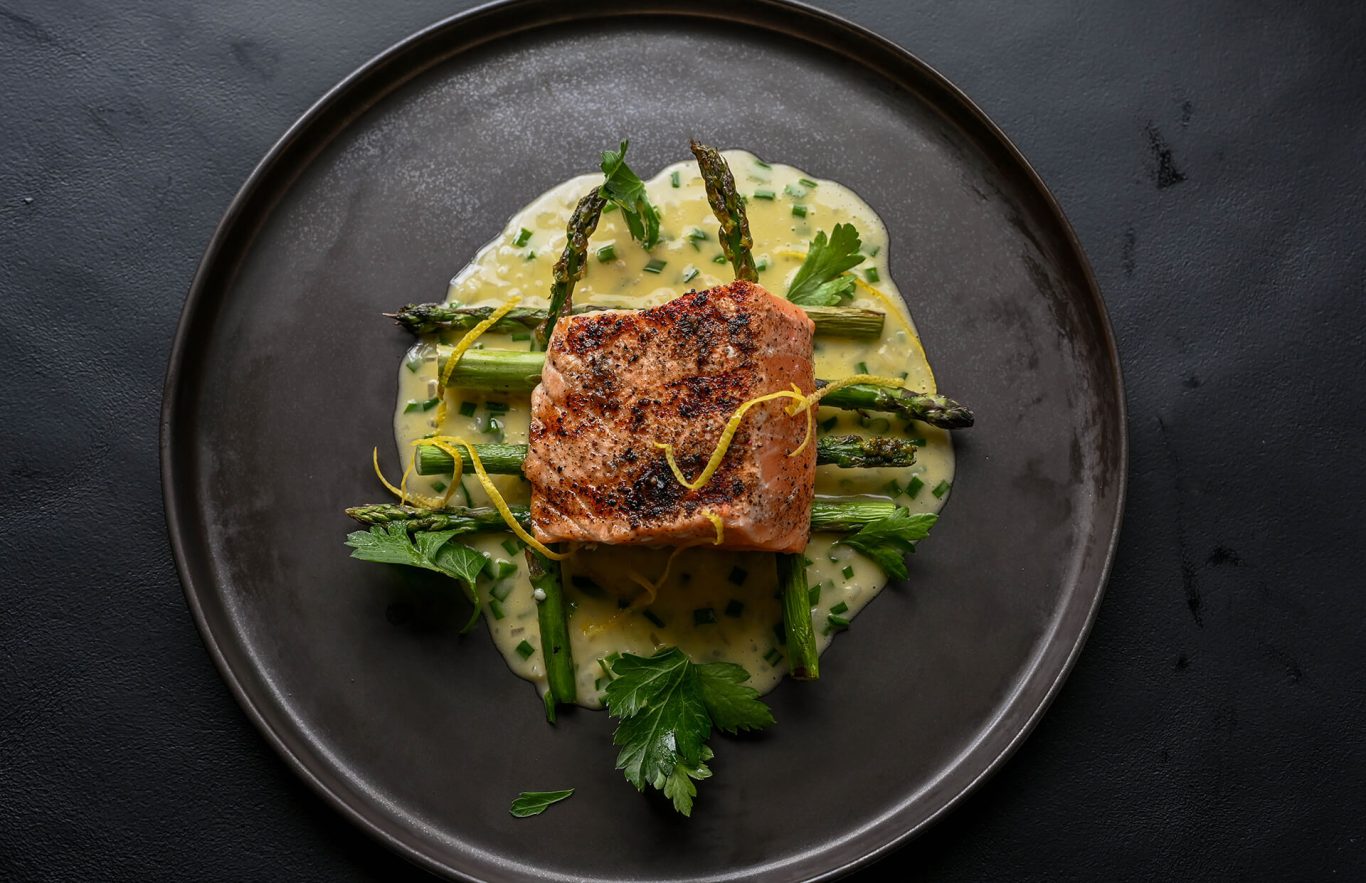
Hygiene
Frøya is harvested, filleted, cut and packed under strict hygiene conditions all at the same facility on the island of Frøya on the Norwegian west coast. That keeps Frøya in control and minimizes the risk of contamination from the product passing through many different operators working in several different production environments around the world. Rest assured that from the moment Frøya Salmon is packed and until you open it in your own kitchen, nobody has touched your fish. Only specially trained staff familiar with the requirements and the HACAP based routines and protocols on the line are producing Frøya. This, in addition to daily routine controls of both equipment, raw material and finished goods guarantee your food safety.
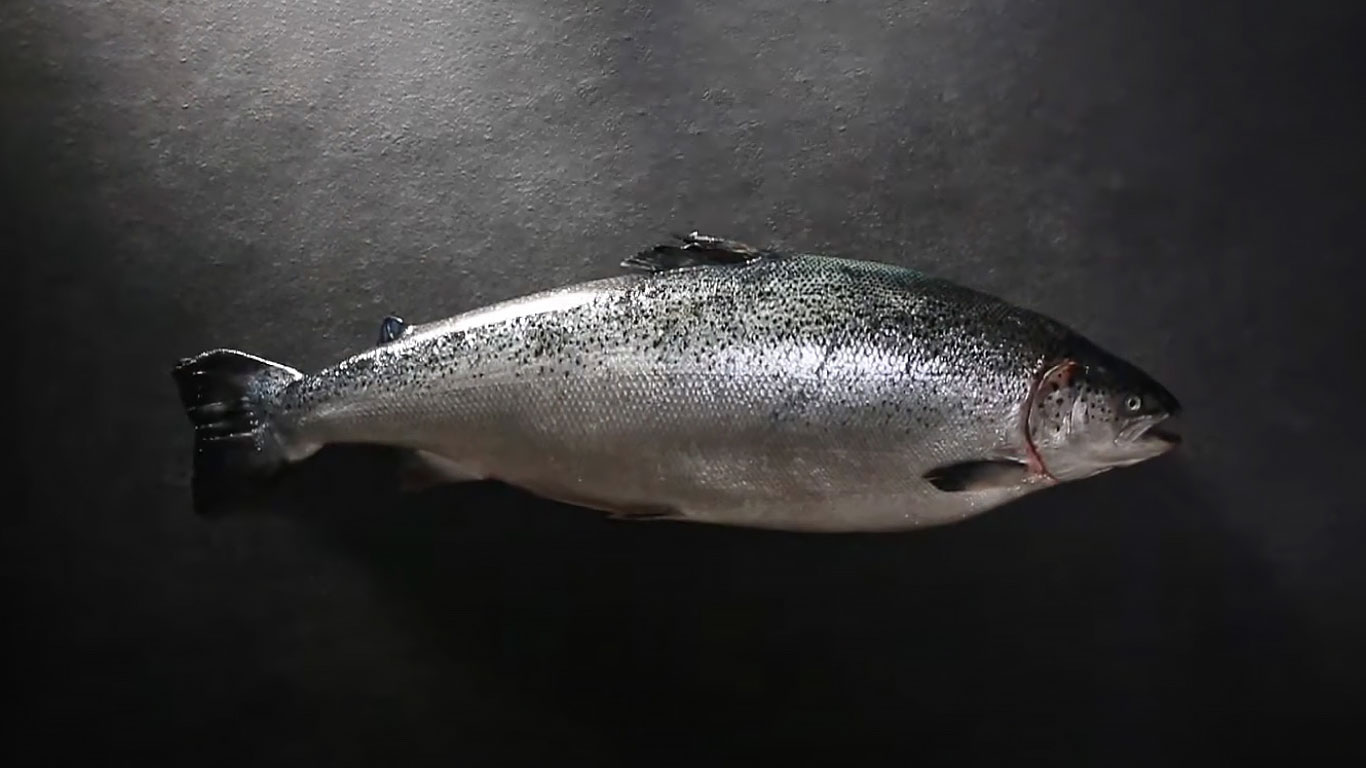
Frøya has zero listeria tolerance and tests every production batch for listeria.
Listeria
Frøya has zero listeria tolerance and tests every production batch for listeria. Even if listeria is suspected, but not yet proven present, the production batch in question will be held back and subjected to further tests. Only if those tests prove negative the batch is released for sale. If tests are positive, the fish is withheld from the market.
Listeria is a group of bacteria, of which Listeria monocytogenes can cause serious illness in humans (Listeriosis), when present in sufficient volumes. Listeria is found virtually everywhere. Process water, raw materials, human contact or production equipment are the most common sources for listeria in food production. When producing salmon for raw consumption we therefore have to be extremely vigilant. Consequently, the best way to avoid it is through strict hygiene procedures and testing before, during and after production.
Frøya har svært strenge hygienerutiner, og tester hver eneste produksjonsserie for listeria.
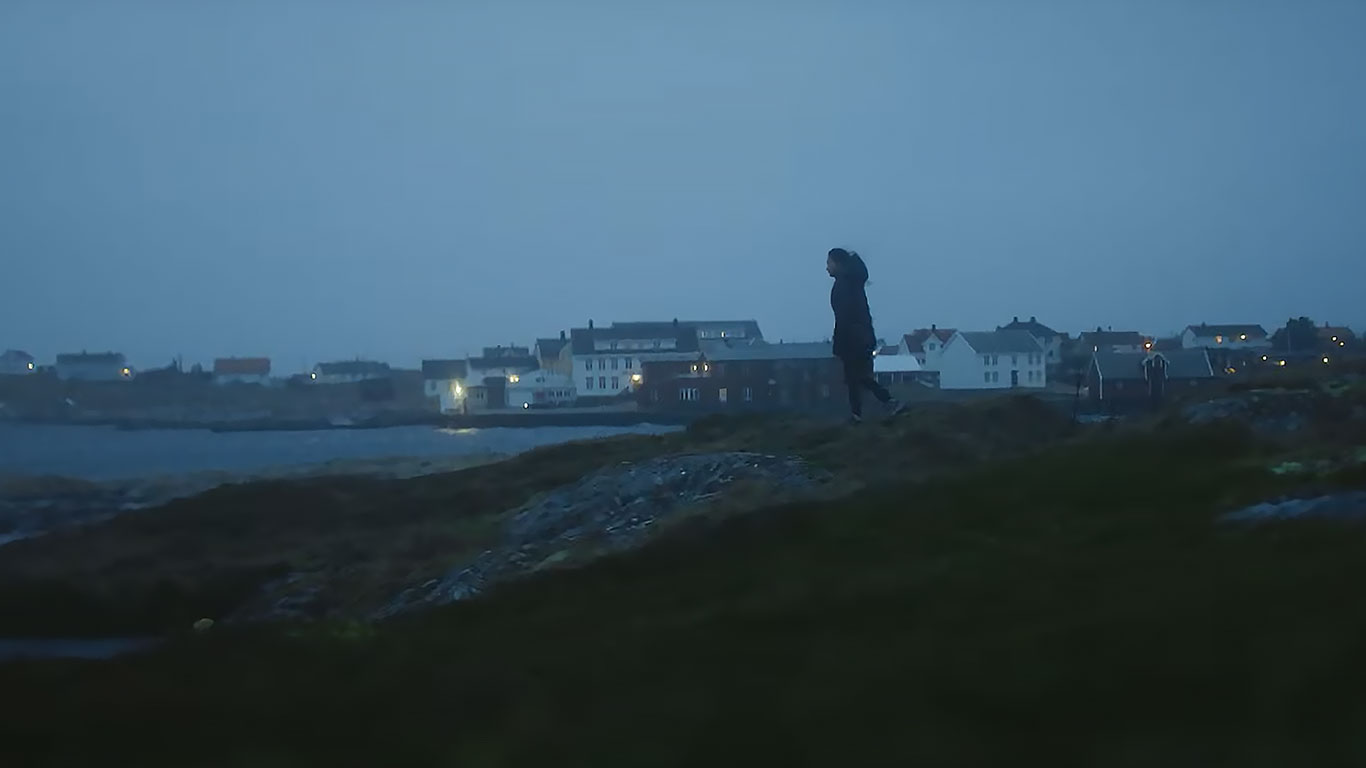
More facts about Frøya salmon:
Frequently asked questions and answers about Frøya salmon
Here you will find more facts about Frøya Laks.
Salmon is healthy!
Farmed salmon is healthy and safe. This fact has been established time and again by food safety and nutritional authorities in the more than 110 countries where Norwegian salmon is imported.


